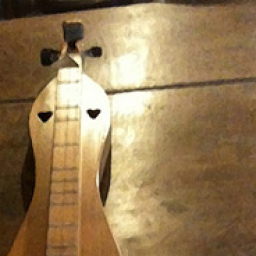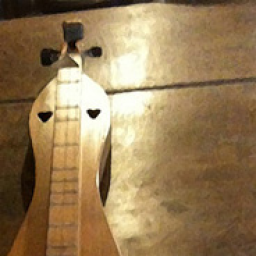Just a little update on my penny whistle adventure, which I started about a month ago now.
I've been progressing pretty well lately, and am actually enjoying it more and more.  I can't wait to steal some time to practice every day, and I have a few favorite simple tunes under my belt now- though I can rarely play any tune without a note mistake or two still. Will try to make a little 'practice time' video and post it here soon.
I can't wait to steal some time to practice every day, and I have a few favorite simple tunes under my belt now- though I can rarely play any tune without a note mistake or two still. Will try to make a little 'practice time' video and post it here soon.
Finding I like both the polymer whistles and the brass whistles- they have two different sounds and both are real nice. In general, the polymer plastic ones sound more warm and breath-y a bit like a recorder (great for haunting or ethereal melodies, or for playing while alone), while the brass ones sound more clear and sweet- more useful for playing with other instruments and fiddles for sure.
Additionally, the lower/larger the whistle, the more mellow and breathy it sounds no matter what it's made from. I think the lowest/largest whistle is usually a low C, which is an octave plus one note below the standard high D whistle. I don't see many whistles higher then high E - a note above the standard D whistle. I do have a high E whistle (rather than Eflat) because it will enable me to play in A ionian on it easily. The lowest whistle I now have is a low G. Lower than that and the finger stretches get quite difficult, even if using the "piper's grip" as they refer to it.
I can really envision playing the whistle as one of my standard go-to instruments, for several reasons:
1) It seems it's quite do-able for me to play and I'm progressing fairly quickly (when you're over 60 this is a big thing, lol)
2) Is not a huge investment, money wise -Yay for that!
3) Like the Bones, whistles are easy to take along and carry, especially when having to haul around a large minstrel banjo.
4) The whistle is well adapted to play ALL the genres of music I happen to like playing: old-time/Appalachian music, traditional early/minstrel American, traditional European folk/dance tunes, and medieval/renaissance. This is a huge plus.









 This music thing is the Devil! lol
This music thing is the Devil! lol








